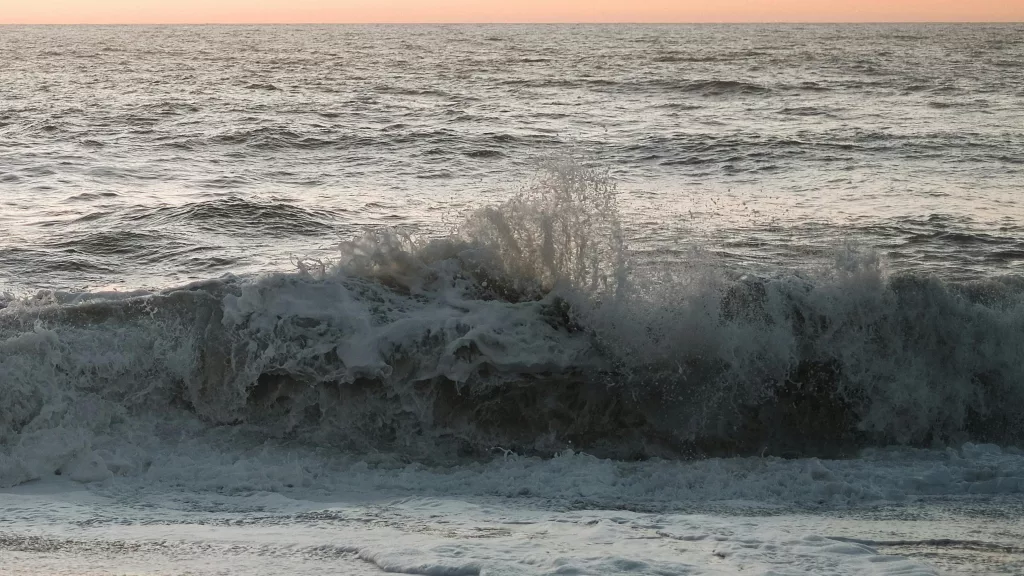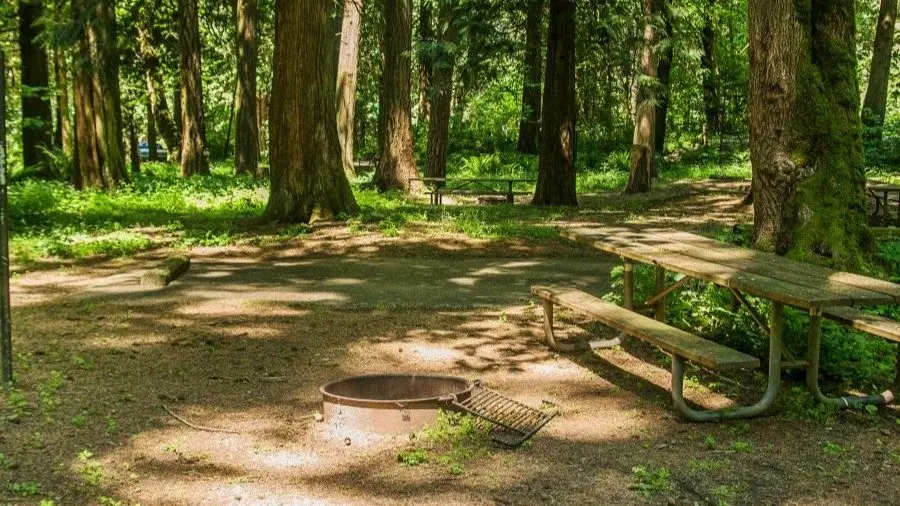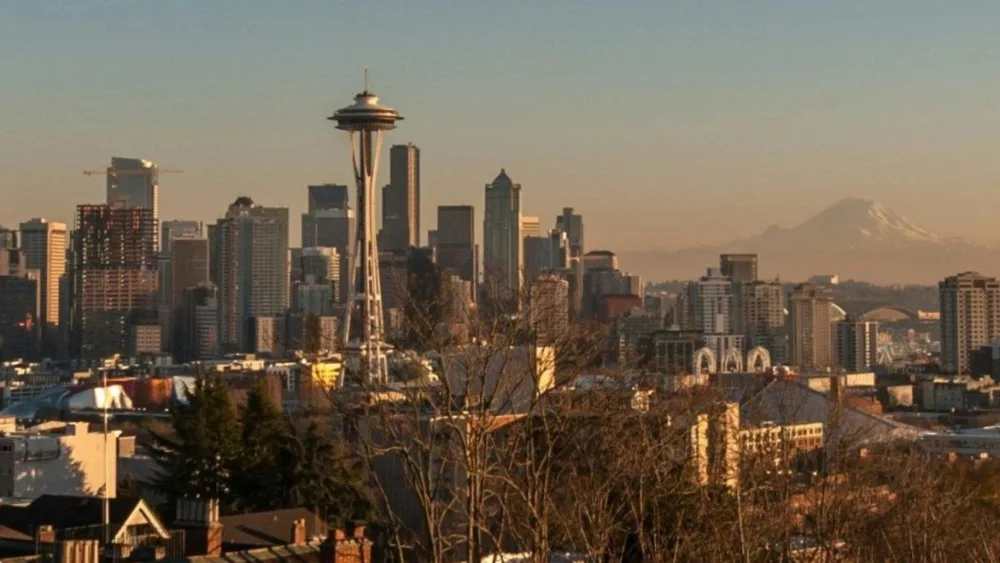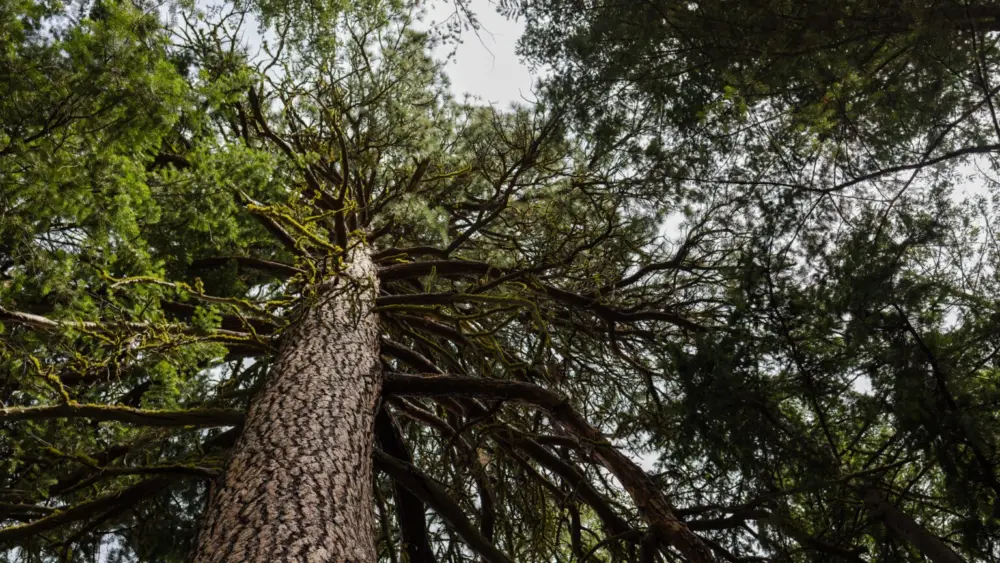SEATTLE, WA – A powerful earthquake in the Pacific Northwest could dramatically increase flood risks for tens of thousands of residents by causing coastal land to suddenly sink, according to a new study.
The Virginia Tech research, published this week in the Proceedings of the National Academy of Sciences, found that a major earthquake along the Cascadia Subduction Zone could lower coastal land by as much as 6.5 feet, expanding high-risk flood zones in northern California, Oregon, and Washington by up to 116 square miles. When combined with future sea-level rise, the number of residents, buildings, and roadways exposed to flooding could more than triple by the year 2100.
“The expansion of the coastal floodplain following a Cascadia subduction zone earthquake has not been previously quantified, and the impacts to land use could significantly increase the timeline to recovery,” said lead author Tina Dura, a Virginia Tech geoscientist and expert in paleoseismology.
Using tens of thousands of earthquake simulations, Dura’s team modeled how much coastal land would sink during a future Cascadia earthquake and overlaid those results with floodplain maps across 24 estuaries. Their analysis shows that if such a quake occurred today, over 14,000 more residents, 22,500 structures, and nearly 800 miles of roadway would fall within the federally designated 1 percent annual floodplain—an area with a 1-in-100 chance of flooding each year.
The infrastructure at risk includes five airports, 18 critical public facilities, eight wastewater treatment plants, and one electric substation. Environmental concerns are also front and center: 57 potential contaminant sources—including gas stations, animal operations, and waste facilities—could be inundated in the aftermath.
Researchers say the danger only deepens with time. By 2100, sea levels along the Cascadia coast could rise by as much as 3 feet due to climate change, according to the Intergovernmental Panel on Climate Change. Combined with earthquake-driven land subsidence, this would more than triple flood exposure and could render some coastal communities uninhabitable, Dura warned.
“Today, and more so in 2100 as background sea levels rise, the immediate effect of earthquake-driven subsidence will be a delay in response and recovery from the earthquake due to compromised assets,” said Dura. “Long-term effects could render many coastal communities uninhabitable.”
The economic and environmental consequences would be severe. Low-lying agricultural land, much of it used for grazing and farming, would be flooded with saltwater, damaging soil and disrupting the food supply. Natural ecosystems like estuaries, wetlands, and protective dunes—critical for storm buffering, water filtration, and carbon storage—could be lost forever.
“Intertidal wetlands function as natural carbon sinks, and their erosion or conversion to tidal flats significantly reduces their ability to sequester carbon,” said Dura, who is also affiliated with Virginia Tech’s Fralin Life Sciences Institute and Global Change Center.
The Cascadia Subduction Zone is a 600-mile fault where the Juan de Fuca plate is slowly being forced beneath the North American plate. It last ruptured in 1700, causing land to sink and a massive tsunami that reached Japan. Geological evidence from the past 6,000 to 7,000 years shows that 11 “great earthquakes”—those exceeding magnitude 8.0—have struck the region at intervals of 200 to 800 years.
As lead of the Paleoseismology Working Group within the Cascadia Region Earthquake Science Center (CRESCENT), Dura and her team are studying the geologic record to better understand future risks. Supported by the National Science Foundation, the center brings together researchers from multiple disciplines to inform public policy and disaster preparedness.
Subduction zones like Cascadia are among the most dangerous geological regions on Earth and are responsible for the world’s most powerful earthquakes and tsunamis. Similar zones off Alaska, Japan, Chile, and Indonesia have already caused catastrophic impacts.
“The insights we’re gaining from Cascadia have global relevance,” said Dura. “These findings inform hazard assessments and mitigation strategies not only for the Pacific Northwest, but for tectonically active regions worldwide.”





